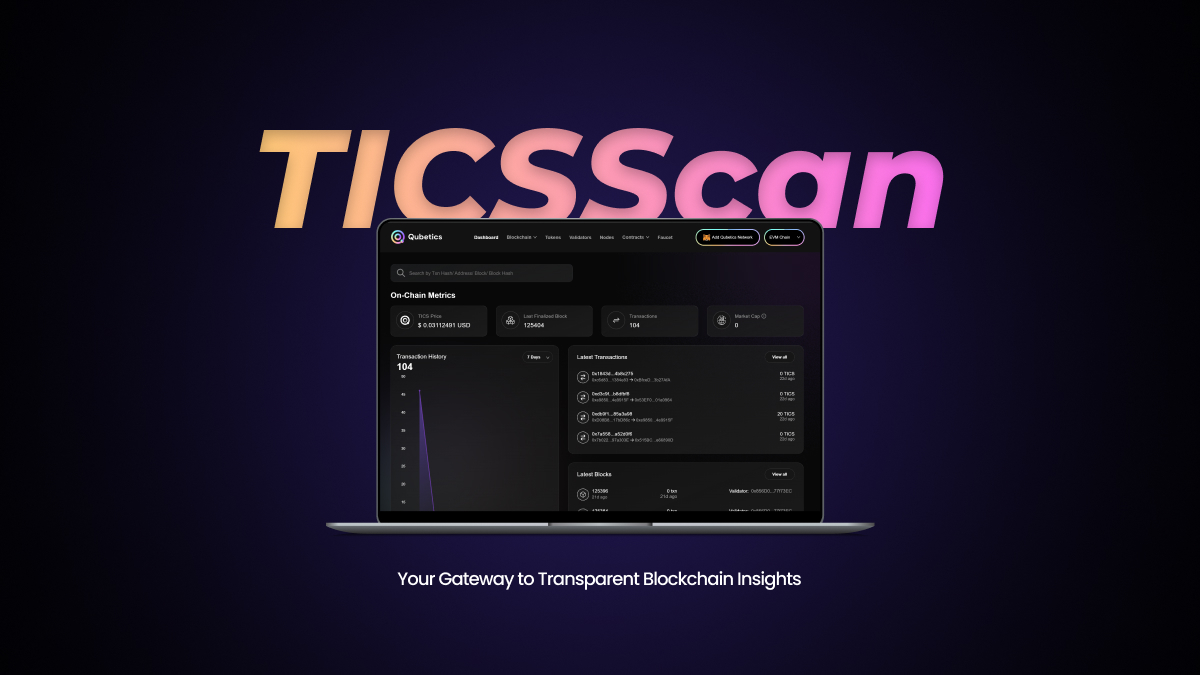 CaryptosHeadlines Media Has Launched Its Native Token CHT.
Airdrop Is Live For Everyone, Claim Instant 5000 CHT Tokens Worth Of $50 USDT.
Join the Airdrop at the official website,
CryptosHeadlinesToken.com
CaryptosHeadlines Media Has Launched Its Native Token CHT.
Airdrop Is Live For Everyone, Claim Instant 5000 CHT Tokens Worth Of $50 USDT.
Join the Airdrop at the official website,
CryptosHeadlinesToken.com
Digital assets firm Grayscale has disclosed that blockchain applications generated $2.6 billion in revenue in the first quarter of 2025. The research, which provided insights into the crypto industry performance for Q1, noted that this increase happened despite the 18% decline in its Crypto Sectors price index.
According to the report, which relied on data from Artemis, blockchain-based applications were the biggest fee generator in Q1. The $2.59 billion in fees that these applications pulled in Q1 alone is more than total fees in 2023 and represents a 100% year-over-year (YoY) increase while being 11.7% higher than the previous quarter.

While dApps saw an overall increase in revenue, it was a different story for the blockchain networks. A revenue breakdown shows that smart contract networks recorded only $832 million in revenue for this quarter, which was 46.5% lower than the $1.55 billion in 2024 Q1.
It was not just revenue that fell for smart contract platforms during this period, as monthly active users dropped from 199 million in 2024 Q4 to 158 million now. Per the report, this decline across several metrics was caused by the plunge in memecoin trading activity on the Solana network.

After reaching 140 million active monthly users in Q4 of 2024, Solana users fell to 90 million in Q1 of 2025. This highlights how important memecoins are for blockchain networks.
The report said:
“Although memecoins do not claim to offer real-world utility — and can be associated with especially high risks for investors — interest in memecoin trading may have introduced new users to the Solana ecosystem.”
Despite Solana’s struggles with reduced memecoin activity, the network was still responsible for $390 million in fees for Q1. This is almost half of all smart contract networks’ revenue, showing its importance among all other networks.
Bitcoin struggled in Q1, but the number of holders increased
Meanwhile, the flagship crypto network had a unique performance in Q1. In terms of revenue, Bitcoin only generated $48 million in Q1. This represents a 61.6% decline from the $126 million in Q4 of 2024 and an 83.4% decline year over year compared to the $291 million in Q1 of that same year.
Despite this decline and the general drop in BTC’s value, the number of those holding BTC increased. Grayscale Research noted that the number of addresses with a balance of $1 or more worth of BTC reached a new high of 46 million, although active users on the network were still 11 million.

The analysts believe that this is a sign of a change in the purpose of Bitcoin for investors and shows that most of the recent demand for Bitcoin is for those who want to hold it rather than use it as a currency.
The research said:
“The growing difference between these two indicators suggests that recent demand for Bitcoin has likely come from users interested in its function as a “store of value” rather than a “medium of exchange.”
Interestingly, the Bitcoin hash rate, which is the amount of computing power on the network, increased during that period, reaching 797 exahash per second. This is an 8% rise compared to the previous quarter and a 41% increase YoY.
Cryptopolitan Academy: Coming Soon – A New Way to Earn Passive Income with DeFi in 2025. Learn More












